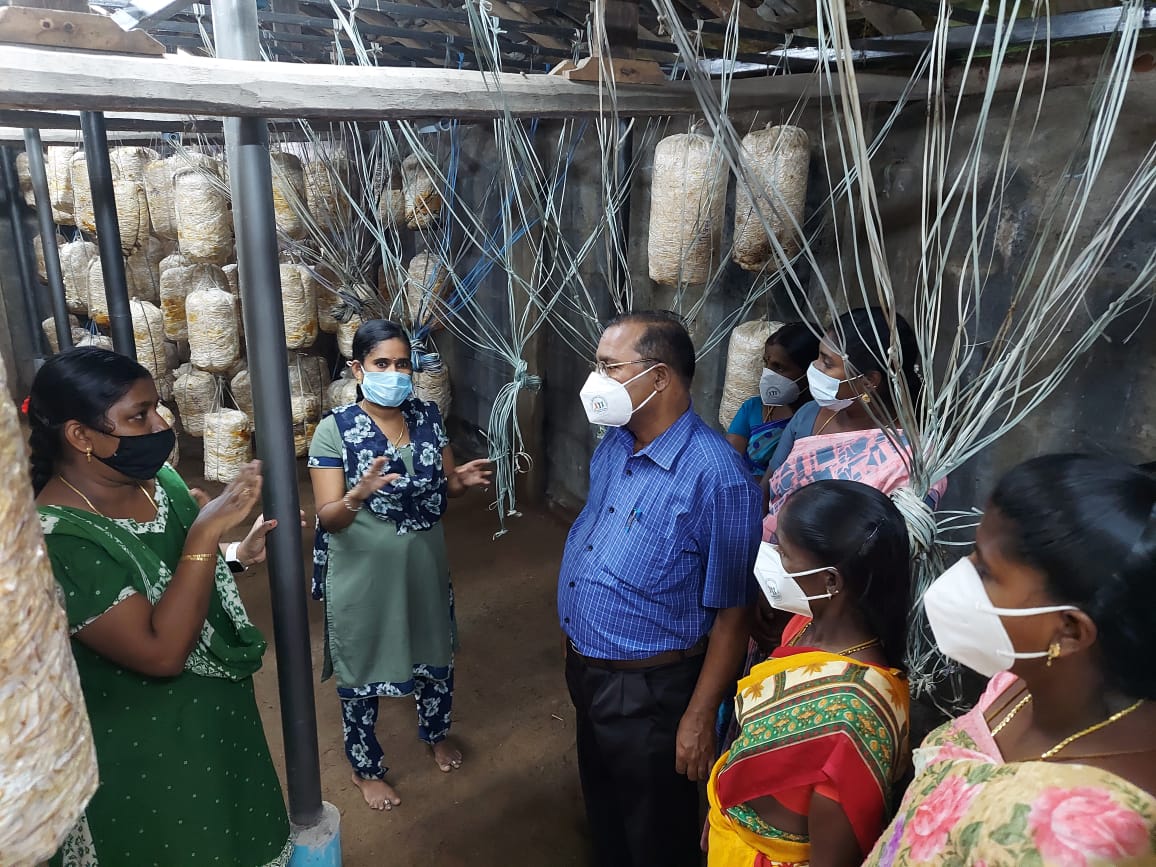 Often, the livelihood strategies and activities of poor people are diverse and complex. Agriculture and other natural resource-based activities play an important role for rural households, but they may also diversify into other activities, some of which are linked to agriculture and the natural resources sector, others which are not. Their strategies may vary and depend on the contexts specific to the households. For example, it may include subsistence production or production for the market, participation in labour markets or labouring in the home. Poor people in the urban context also often depend upon multiple diverse livelihood activities involving different employment (labouring) and self-employment activities. Livelihood strategies can be viewed from the perspective of an individual or that of a household. Poor people usually employ a mix of different 'strategies', especially when resources are pooled to some extent. A relatively unified 'household' will obviously be able to employ a wider range of strategies than an individual acting alone.
Often, the livelihood strategies and activities of poor people are diverse and complex. Agriculture and other natural resource-based activities play an important role for rural households, but they may also diversify into other activities, some of which are linked to agriculture and the natural resources sector, others which are not. Their strategies may vary and depend on the contexts specific to the households. For example, it may include subsistence production or production for the market, participation in labour markets or labouring in the home. Poor people in the urban context also often depend upon multiple diverse livelihood activities involving different employment (labouring) and self-employment activities. Livelihood strategies can be viewed from the perspective of an individual or that of a household. Poor people usually employ a mix of different 'strategies', especially when resources are pooled to some extent. A relatively unified 'household' will obviously be able to employ a wider range of strategies than an individual acting alone.
NAMCO firmly believes that if poor people can be helped to acquire certain skills, they would be able to diversify their livelihoods from being dependent only on agriculture. The diversification reduces their risks and vulnerabilities and builds their resilience. Secondly NAMCO is of the view that collectivization of poor people, be it women SHGs or their federations or FPOs would only strengthen the poor with improved skills and capacities, enhanced bargaining power and the higher confidence emanating from solidarity. NAMCO has implemented a series of projects for nearly three decades towards strengthening the livelihoods of its communities.
.
